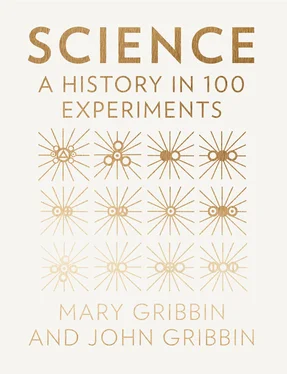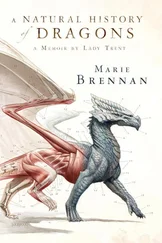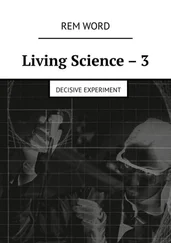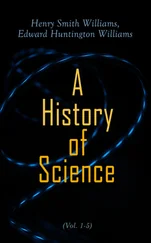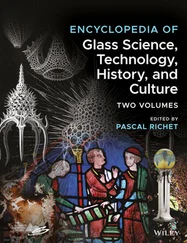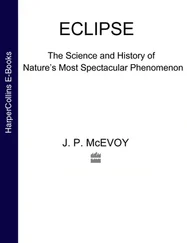What Archimedes had realized was that the volume of water displaced from the bath was equal to the volume of his body immersed in the water. As silver is less dense than gold, if the crown were made of a mixture of silver and gold it would have to be bigger than a crown made of pure gold in order to have the same weight. And he could measure the volume of the crown, without damaging it, by immersing it in water and seeing how much water was displaced.
Nobody knows exactly how Archimedes carried out the experiment. But the most likely method is based on an observation he described in his book, On Floating Bodies . There, Archimedes explained that the upward force (buoyancy) exerted on an object placed in water (or any other fluid) is equal to the weight of fluid that is displaced. This is now known as Archimedes’ Principle. And, of course, the weight of water displaced will be proportional to the volume of water displaced.
The obvious way to use this to test the purity of the crown, as Archimedes must have realized, would be to balance the crown against exactly the same weight of pure gold on a beam balance above a tank of water. Then, the balance is lowered until the crown and the pure gold sample are immersed in the water, while the balance arm stays above it. If both objects are made of pure gold, they will each displace the same volume (and therefore the same weight) of water, experience the same buoyancy force, and stay in balance. But if the crown is less dense than gold it will have a bigger volume, displace more water, and be more buoyant than the pure gold, so the balance will tip down on the side of the gold. The beauty of this experiment is that you don’t actually have to measure the volume of the crown, or the volume of water that it displaces; you just watch to see if the balance tilts.
That, it seems, is exactly what happened. Archimedes did the experiment (or something very similar) and found that the jeweller had indeed cheated the king. About five centuries after Vitruvius, the story was re-told in a Latin poem ‘ Carmen de ponderibus et mensuris ’ which described the use of such a hydrostatic balance, and in the twelfth century a manuscript called ‘ Mappae clavicula ’ gave detailed instructions on how to make weighings in this way to calculate the proportion of silver in the adulterated crown.
Archimedes’ Principle also explains why a ship made of steel can float. A solid lump of steel displaces a relatively small amount of water, much less than its own weight, and sinks. But if the same amount of steel is spread out in the shape of a boat, or even a simple bowl (like a coracle), a larger volume of water is displaced, weighing more than the weight of the steel, resulting in a large enough upwards force to make the boat float.
| No. 2 |
MEASURING THE DIAMETER OF THE EARTH |
The first scientific attempt to measure the size of the Earth was made by a Greek polymath, Eratosthenes of Cyrene (276–194 BC), who was in charge of the Library of Alexandria in the third century BC. He was a contemporary and friend of Archimedes. His experiment involved some observations of his own, made in Alexandria, but combined with evidence from a far away place, the city then known as Syene (now Aswan), which he had never visited.
Eratosthenes learned that each year on the day of the summer solstice, when the Sun is at its highest in the sky, it was exactly overhead at Syene, south of Alexandria. Travellers told how the reflection of the Sun could be seen at the bottom of a deep well in Syene on that day. Even at the summer solstice, the Sun is not directly overhead at Alexandria, because, as Eratosthenes appreciated, the Earth is round. So he made careful measurements of the difference between the angle made by the Sun and the vertical at the time of the solstice, working out that this corresponded to one-fiftieth of a circle, or 7º 12ʹ of arc. Simple geometry told him that this meant that the distance from Alexandria to Syene was one-fiftieth of the circumference of the Earth, assuming (which is not quite true) that Syene lies due south of Alexandria.
The distance from Syene to Alexandria was well known even in Eratosthenes’ day (it is about 800 kilometres in modern units). Egyptian records gave the distance as 5,000 stades, and Eratosthenes checked this by asking camel train drivers how long it took them to make the journey (some sources say he hired a man to pace out the distance; but this may be apocryphal). This gave him a figure of 694 stades per degree, which he rounded off to 700. Multiplying by 360 gave him the circumference of the Earth – 252,000 stades (he could have just multiplied 5,000 by 50 to get the ‘answer’ 250,000, but apparently he did it the hard way).
So what is this in modern units? Unfortunately for us, the Greeks and Egyptians used slightly different stades, but the likelihood is that Eratosthenes, being Greek, used the Greek measurement, where one stade corresponds to 185 metres, which gives a circumference of 46,620 kilometres, only 16.3 per cent too big. In the unlikely event that he used the Egyptian measurement, with one stade corresponding to 157.5 metres, he would have come up with a figure of 39,690 kilometres, just a bit too small (less than 2 per cent smaller than the actual distance, 40,008 kilometres). Either way, it is impressive.
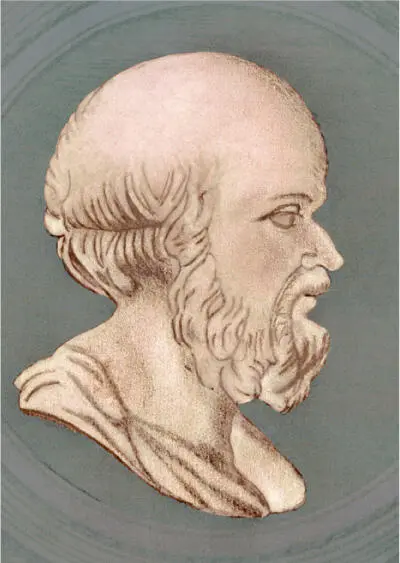
© Sheila Terry/Science Photo Library
Eratosthenes ( c . 276–194 BC).
That was by no means the only impressive achievement of Eratosthenes. He used the information he found in the books in the Library of Alexandria to produce a three-volume book of his own in which he mapped and described the entire known world. He used grids of overlapping lines, like modern lines of latitude and lines of longitude, to locate places, and invented many of the terms still used by geographers today. More than four hundred cities were named and located in the book. Unfortunately the book itself, called Geographika , was lost, but parts of it have been reconstructed from references to it in other works. Book Two of Geographika included Eratosthenes’ estimate of the size of the Earth. According to Ptolemy, Eratosthenes measured the tilt of the Earth’s axis, which is related to the measurement of the circumference, very accurately, getting a value of 11/ 83of 180º, which is 23º 51ʹ 15ʺ. He also worked out a calendar that included leap years, and he tried to establish a chronology of literary and political events going back to the siege of Troy.

© Collection Abecasis/Science Photo Library
The World by Eratosthenes. 1886 replica of a map of the known world according to the Ancient Greek geographer, mathematician and astronomer Eratosthenes.
Eratosthenes was very much an all-rounder, so much so that he had the nickname ‘Beta’, because he was second best at everything, according to his contemporaries. The Greek geographer Strabo, who lived from about 64 BC to AD 24, described Eratosthenes as the best mathematician among the geographers, and the best geographer among the mathematicians. In mathematics, he is known for a technique called ‘the sieve of Eratosthenes’, used to find prime numbers. This simple method, which he invented, involves making a list (or grid) of all the numbers up to the biggest one you are interested in (for example, 1 to 1000). Then, you cross off from the list all the multiples of 2, the first prime number (4, 6, 8 and so on, but not 2 itself), and check that the next lowest number not crossed off is prime (if it isn’t, you have made a mistake!). If it is, cross off all the multiples of that number (but not the number itself), and so on. Once you get to the end of the list, the numbers that have not been crossed off form the list of primes.
Читать дальше
